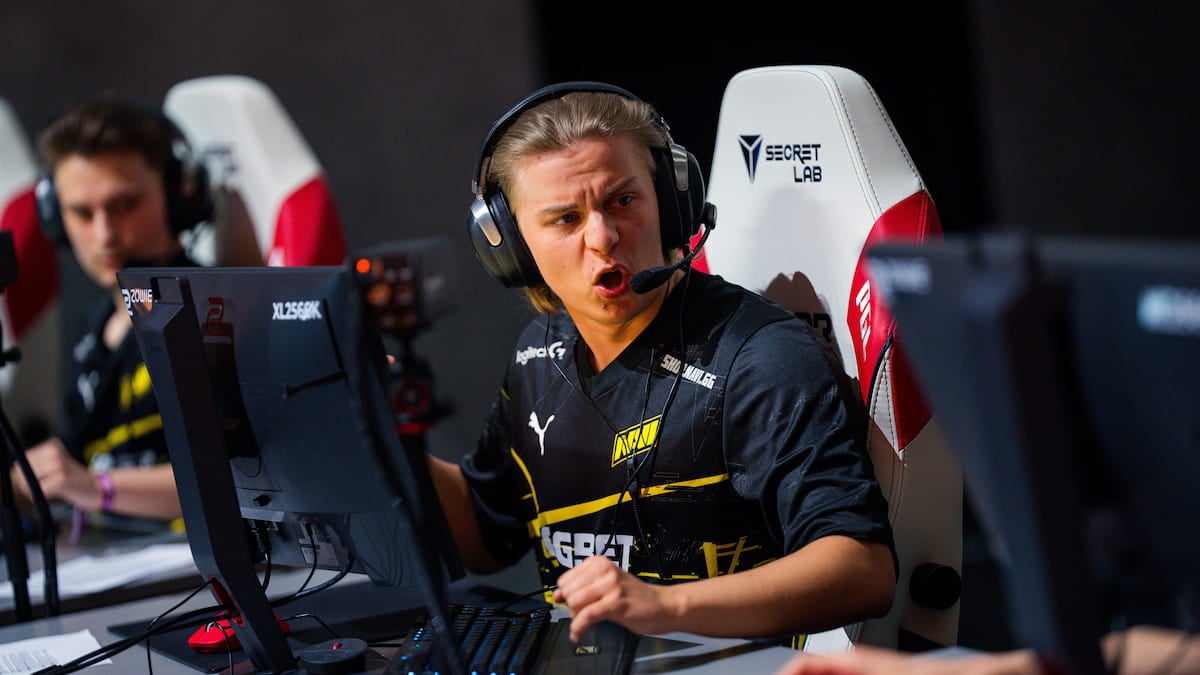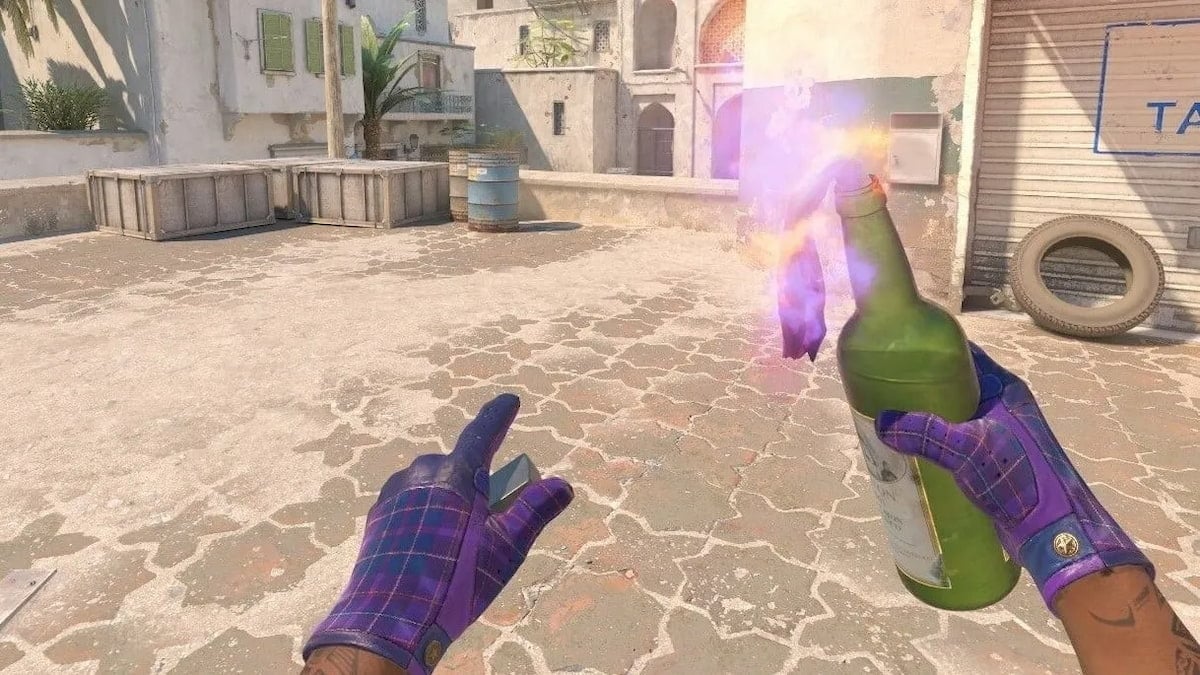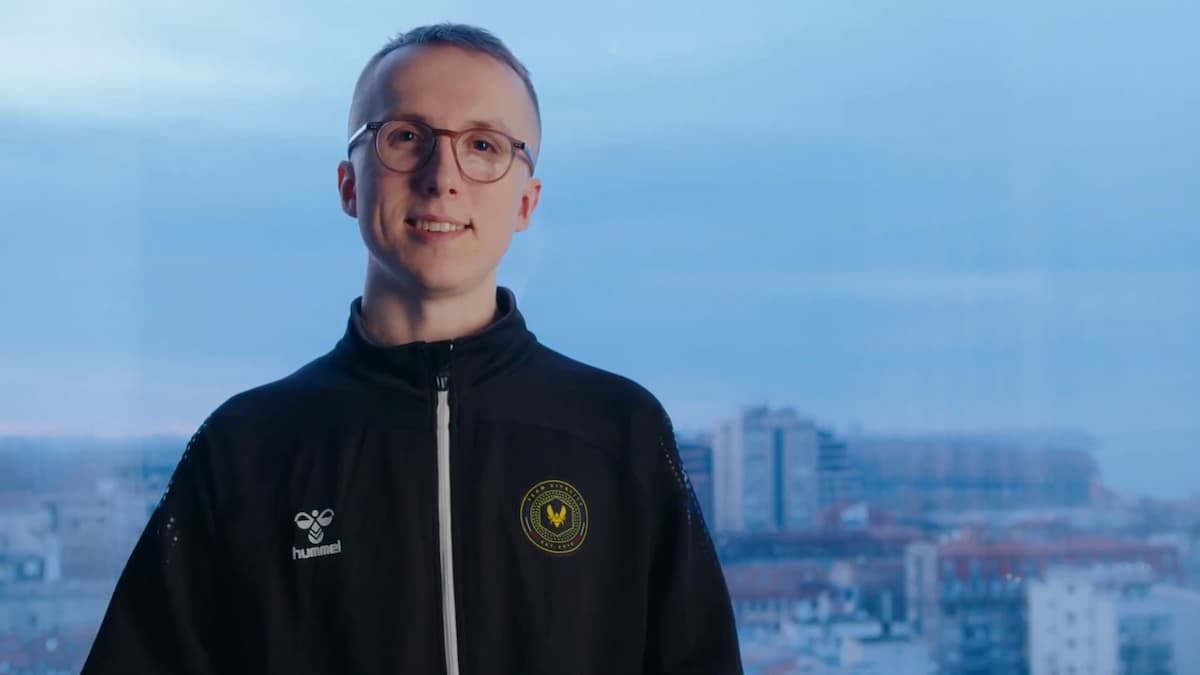Only a short time after its release in 1999, Counter-Strike (CS) eclipsed Quake to become the biggest online game and the most successful eSport in the Western world. It would go on to inspire a generation of tactical war games, including Call of Duty.
After a decade-long wait, Minh “Gooseman” Le, the man who invented Counter-Strike, finally released his next game earlier this month: Tactical Intervention. Reviews for the new game are mixed at best and the player population is small. It has, on average, a relatively paltry 500 players at any given time.
But did Le learn enough from the first game’s rapid success to pivot and transform Tactical Intervention from a slow starter into something great? Or was Counter-Strike’s success just a lucky mistake?
…
At first, Counter-Strike, a Half-Life modification, was little more than a hidden sideshow at the Super Bowl of American eSports in the early 2000s, the Cyberathlete Professional League. However, once Doom and Quake players heard excited screaming and yelling from the Counter-Strike area, they wandered over and the rest is history. That was the start of Counter-Strike’s years-long turn as the featured game at CPL.
Here’s the catch: Counter-Strike was never meant to be an eSport.
“No, I didn’t take eSports into consideration because it wasn’t a big thing at the time,” Le said. “I didn’t really care much as to why people played CS. I was just happy that people were in fact playing it, so the eSports scene was a great way to gain exposure.”
Over time, gamers, and not Le, decided how the game was played. Counter-Strike’s original game mode was hostage rescue. Later on, Le would add bomb defusal and assassination modes. The eSport crowd quickly distilled the game down based on what was the most fun to play: the defusal mode. Soon, they’d largely abandoned everything else, including much of the original work that Le had done.
“This occurred organically,” Le said. “The majority of maps in CS were made by the community so the direction that the game took was dictated by what they wanted to make. In retrospect, I would have tried to look at ways to make assassination and hostage rescue a bit more enjoyable.”
But Counter-Strike’s success was not a blind, lucky mistake.
After all, Le and other team members had already created successful online games like Action Quake 2 and Navy SEALs before hitting it big with Counter-Strike. They were a proven team who knew how to make good games that people loved to play.
Most important of all to Counter-Strike’s development: The community guided the game more than any single developer. Almost all the maps were community-made, which in turn drove the gameplay towards eSports success.
When Le was tapped to work at Valve, he naturally explored the idea of Counter-Strike 2. However, he couldn’t come up with a solid foundation for the game. It wasn’t until after he’d left Valve that he finally had a lightbulb go off.
“Tactical Intervention is what I envisioned CS2 to be like.”
It wasn’t easy to make Tactical Intervention a reality. An “incredible amount of mismanagement,” according to Le, three publishers, distribution gaffes, the financial burden of going free-to-play, and the inevitable comparisons to Counter-Strike delayed the game for years.
Now that it’s available for free on Steam, the Web’s largest game store, Tactical Intervention has started slowly. Critics have largely panned the graphics and gameplay, though they have left some praise for the car chase mode.
“Le’s new game borrows its predecessor’s terrorist-on-counter-terrorist bloodbaths,” Eurogamer’s Rick McCormick wrote, “but the things [Counter-Strike] got so right – precision, tactics, consistency – are lost.
“I think we didn’t do a good job of introducing new players to the game mechanics of TI,” Le said. “The lack of a tutorial really killed us but with a small team like ours, we had to prioritize our workload and a tutorial would have [eaten] into a huge chunk of our time.”
If you’re rooting for Le’s success (and you should be if you enjoy Counter-Strike), he’s laid out a roadmap to recovery. The TI development team is working on addressing the other major complaints of the game. New guns and characters are in the pipeline. Le says he’s happy with the new, improved maps that will be released in the coming weeks and months. The plan, as with any free-to-play game, is to keep releasing new content to grow the playerbase.
The publishers, OGPlanet, have pushed for the development of tournament and spectator modes. They’ll be launching the first European competitions in the near future.
After nine years of turbulence, Tactical Intervention is finally getting the same treatment that Counter-Strike did, the treatment that Le wished it had all along.
“My least favorite part of TI was not being able to develop TI in an open environment like how CS was developed,” Le wrote. “Over the course of TI’s lengthy development, we never had the opportunity to test the gameplay mechanics of TI in a large scale environment. The majority of our testing was done within our company. However, the open betas did provide a lot of feedback and allowed us to see what the majority of players were feeling. I just wish we had that environment much earlier on in TI’s development.”
In other words, the community is finally getting its say in the development of Tactical Intervention. And that could mean bright things for the game’s future, if history repeats itself.
These days, Le doesn’t play any of the Counter-Strike titles. If that sounds strange, remember that back when he invented Counter-Strike, Le didn’t play any of the other Half-Life mods out there. He doesn’t seem at all concerned with competitors and comparisons.
Instead, he spends all his time trying to make games.
Image via Valve







Published: Oct 25, 2013 08:00 am